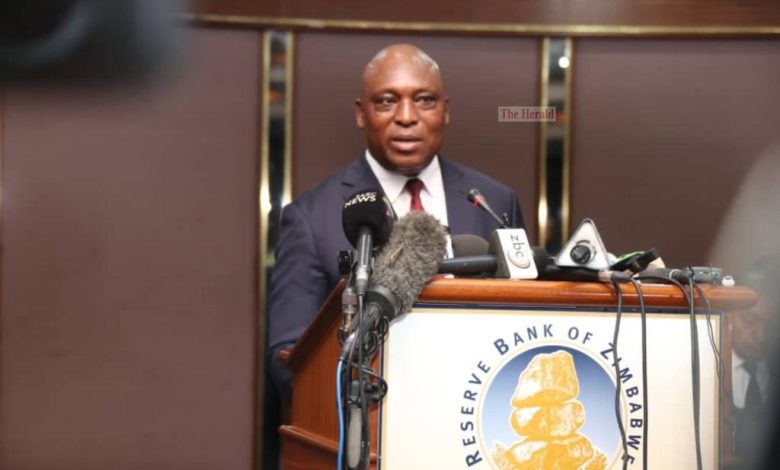Incentives drive gold output up by 45 percent
ZIMBABWE’S cumulative gold output for the first 11 months of the year increased by 45 percent to 25,4 tonnes buoyed by Government incentives granted to miners compared to 17,5 tonnes in the corresponding period in 2020, official data show.
The production figures are for both small-scale and large-scale producers.
According to the country’s sole gold buyer, Fidelity Printers and Refiners, between July and September this year deliveries maintained a positive growth momentum having been fluctuating in the first six months of the year.
In July this year, a total of 2,824 tonnes were produced and jumped to 2,948 tonnes in August with September recording 3,171 tonnes.
However, in October deliveries declined to 3,051 tonnes before picking-up last month to 3,336 tonnes.
The Zimbabwe Miners Federation (ZMF) chief executive officer, Mr Wellington Takavarasha, whose organisation represents the interest of small-scale miners who produce 60 percent of the gold in the country said:
“The reason why gold output has been increasing is because there are a number of incentives for the small-scale mining sector that have come in from the Reserve Bank of Zimbabwe (RBZ) through Fidelity Printers,” he said.
Mr Takavarasha said improved cash payments by FPR had enabled miners to boost production.
“In the past it would take between a week and two for the small-scale miners to get paid for their gold deliveries,” he said.
In addition to the several incentives small-scale miners were enjoying from FPR, Mr Takavarasha said they were also receiving support from the Ministry of Mines and Mining Development and agencies that deal with mining issues such as the Environmental Management Agency.
He said the weekly meetings between ZMF and the Ministry of Mines and Mining Development had seen Government promptly addressing some of the challenges facing the miners.
Mr Takavarasha said one of the major challenges which was facing the small-scale mining sector was the ballooning licences backlog.
“We are happy that this is being addressed as the ministry has set up a committee which is moving from province to province addressing the issue,” he said.
The move by the ministry has seen more miners being registered and issued with licences.
“Deliveries by small-scale miners average two tonnes per month and in terms of the overall output, the bulk, which is about 60 percent is coming from the small-scale mining sector,” said Mr Takavarasha.
The gold sub-sector is one of Zimbabwe’s major foreign currency earners.
In 2019, stakeholders in the gold mining industry set themselves a 40-tonne target, which they are yet to achieve due to a myriad of challenges the sector has been facing.
The challenges include smuggling of gold and power cuts which affects production. — The Chronicle











